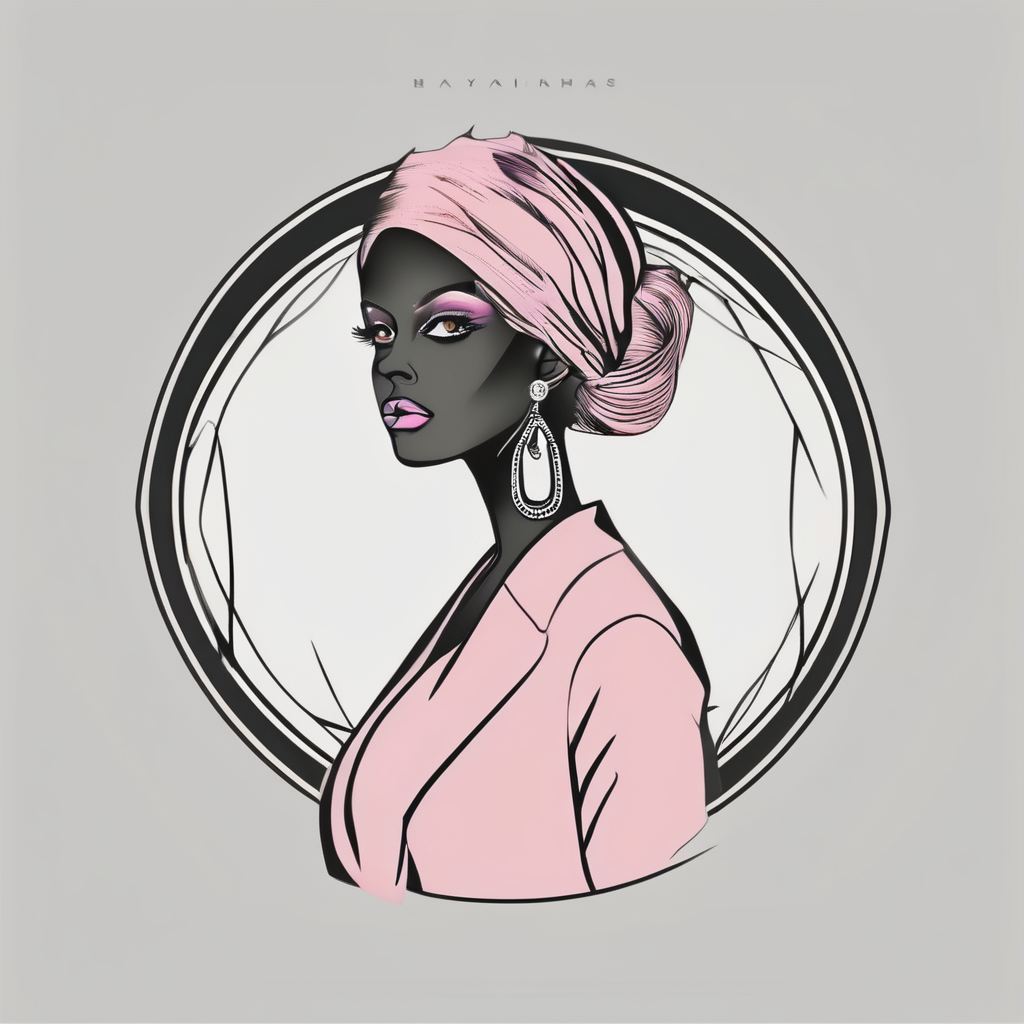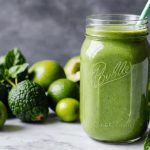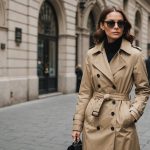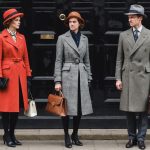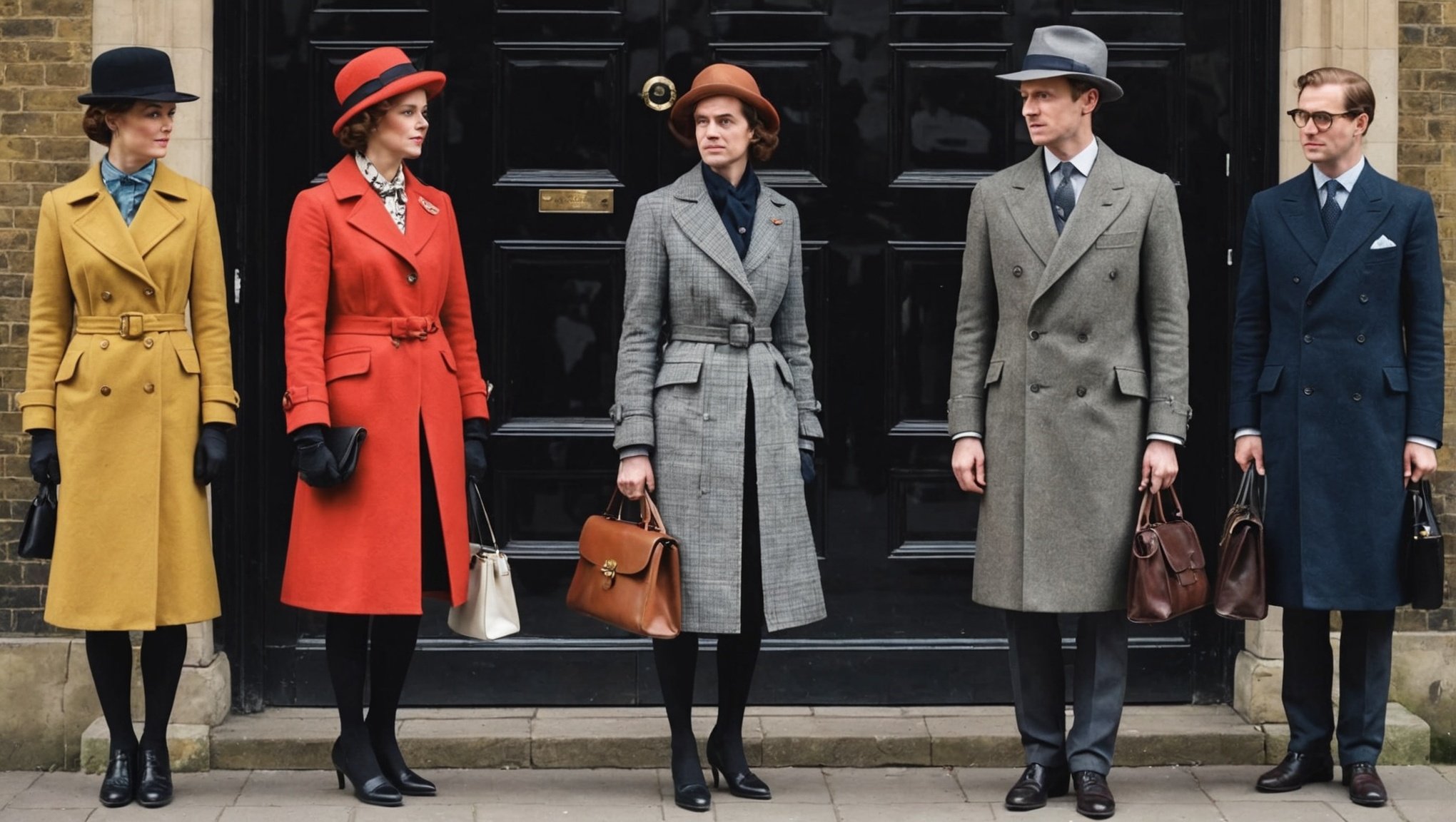Blending British vintage treasures with modern wardrobe essentials creates a stunning fusion of history and contemporary style. This mix not only adds character to your outfits but also reflects your unique personality. Discover how to balance the charm of vintage pieces with the practicality of today’s fashion. Whether it’s pairing a classic tweed jacket with tailored trousers or accessorizing with retro jewelry, master this art to elevate your wardrobe effortlessly. Embrace your creativity and make fashion choices that tell your story.
Understanding British Vintage Fashion
British vintage fashion is a captivating realm, rich with history and timeless elegance. It encompasses styles from various eras, each with unique characteristics that have left an indelible mark on fashion. Vintage clothing in Britain is not just about aesthetics; it's a reflection of cultural evolution and societal shifts. The history of vintage clothing in the UK reveals a tapestry of influences, from the tailored suits of the Edwardian era to the rebellious flair of the 1960s mod scene.
This might interest you : How to Find the Perfect Tailored Suit for Women in Savile Row?
Historical Significance
Vintage pieces hold significant cultural value in British society. They tell stories of past generations, embodying the spirit of their time. For instance, during wartime, clothing was often practical and resourceful, reflecting the nation's resilience. Post-war, the fashion scene embraced boldness and innovation, leading to the vibrant styles of the 1960s and 70s.
Evolution and Influence
The evolution of vintage styles has profoundly influenced modern fashion. Designers frequently draw inspiration from past decades, reimagining classic silhouettes with contemporary twists. The resurgence of vintage fashion reflects a desire for sustainability and individuality, as people seek unique pieces that express personal style. The vintage style evolution continues to shape the fashion landscape, proving that what's old can indeed be new again.
Also to see : Mastering Chic Layering: Your Ultimate Guide to Stylish Outfits in Unpredictable UK Weather
Selecting Vintage Treasures
Exploring the world of vintage clothing is akin to embarking on a treasure hunt. The thrill lies in discovering unique pieces that tell a story. When it comes to sourcing vintage clothing, Britain offers a plethora of options.
Best Places to Find Authentic British Vintage Clothing
One of the most rewarding ways to find authentic British vintage clothing is by visiting renowned vintage markets such as Portobello Road Market in London or the vibrant lanes of Camden Market. These venues are rich with history and brimming with diverse styles from different eras.
Tips for Thrift Shopping and Identifying Quality Pieces
To make the most of your thrift shopping experience, it's essential to look for signs of quality. Check labels for reputable brands, examine seams and stitching for durability, and feel the fabric for its weight and texture. These indicators often point to well-made garments that have stood the test of time.
Navigating Vintage Markets and Online Platforms
When navigating vintage markets or online platforms, patience is key. Spend time browsing and don't hesitate to ask vendors about the history of a piece. Online platforms like Etsy or ASOS Marketplace can also be goldmines for unique finds, offering a wide range of styles at your fingertips.
Styling Tips for Blending Vintage and Modern
Blending vintage and modern styles can create a unique and personalised look. To achieve this effortlessly, consider these styling techniques.
Key Techniques
Start by selecting a statement vintage piece, such as a bold 1970s blouse or an elegant 1950s skirt. Pair it with modern basics like slim-fit jeans or a plain white t-shirt. This contrast highlights the vintage item's charm while keeping the overall look contemporary.
Practical Outfit Ideas
For a chic ensemble, try mixing a vintage floral dress with a sleek leather jacket. This juxtaposition of soft and edgy elements creates a balanced, eye-catching outfit. Another idea is to wear a vintage blazer over a modern graphic tee, adding sophistication to casual attire.
Color Theory and Pattern Mixing
When mixing vintage and modern pieces, consider color theory. Use complementary colors to create harmony or analogous colors for a subtle blend. When it comes to patterns, balance is key. Pair a vintage polka dot top with modern striped trousers, ensuring one pattern is more subdued to avoid visual overload.
By thoughtfully integrating vintage pieces into your wardrobe, you can craft outfits that are both stylish and timeless.
Maintaining a Cohesive Look
Achieving a fashion balance when mixing vintage and modern elements requires thoughtful styling. Start by ensuring that your outfit has a focal point, often a standout vintage piece. This could be a unique jacket or a bold accessory that draws attention. To maintain outfit cohesion, use modern elements as supporting pieces. This approach ensures the vintage item remains the highlight without overwhelming the ensemble.
Accessorizing vintage outfits is crucial for a cohesive look. Accessories can tie together disparate styles, creating a unified appearance. Consider using classic items like a leather belt or a structured handbag to bridge the gap between eras. Jewellery, such as a vintage brooch or modern minimalist earrings, can also add harmony to your ensemble.
Footwear plays a vital role in maintaining outfit cohesion. When blending styles, select shoes that complement both vintage and modern pieces. For instance, pairing a vintage dress with sleek ankle boots can ground the look, adding a contemporary edge. Alternatively, classic loafers or ballet flats can seamlessly integrate with both styles, offering versatility and comfort.
By focusing on balance, accessories, and footwear, you can effortlessly create outfits that are both stylish and cohesive.
Showcasing Your Vintage Finds
In the digital age, fashion photography plays a crucial role in highlighting your vintage finds. Capturing your outfits effectively involves focusing on lighting, composition, and background. Natural light is your best friend, offering a soft, flattering glow. Choose a clean, uncluttered background to ensure your vintage pieces stand out. Experiment with angles to find the most flattering perspective for your attire.
Leveraging Social Media
Social media platforms are powerful tools for sharing your unique style and inspirations. Instagram, with its visual-centric nature, is ideal for showcasing vintage outfits. Use hashtags strategically, such as #VintageFashion or #RetroStyle, to reach a broader audience. Engage with communities that share your passion for vintage fashion to build connections and gain inspiration.
Building a Personal Brand
Creating a personal brand around your vintage-modern aesthetic involves consistency and authenticity. Define your style by selecting a signature look or colour palette. Share not only your outfits but also the stories and inspirations behind them. This approach adds depth to your brand, making it relatable and memorable. Regular posting and interaction with your followers can help solidify your presence as a vintage fashion enthusiast.
The Future of Vintage Fashion
The allure of vintage fashion trends continues to captivate modern style enthusiasts, offering a unique blend of nostalgia and innovation. These trends are not just about revisiting the past; they are reimagined with a contemporary twist, making them relevant in today's fashion landscape. From the resurgence of 90s grunge to the elegance of 70s bohemian looks, vintage styles are seamlessly integrating into mainstream fashion.
The role of sustainability in fashion has significantly contributed to the rising popularity of vintage clothing. As consumers become more eco-conscious, they are drawn to vintage pieces for their reduced environmental impact. Vintage fashion promotes a circular economy, encouraging the reuse and recycling of garments, which aligns with the growing demand for sustainable fashion choices.
Looking ahead, modern vintage is poised to further influence the fashion industry. We can expect a continued fusion of past and present styles, with designers increasingly incorporating vintage elements into their collections. This integration not only satisfies the desire for individuality but also supports sustainable practices. As awareness of environmental issues grows, vintage fashion is likely to become an even more integral part of mainstream style, championing both uniqueness and sustainability.
